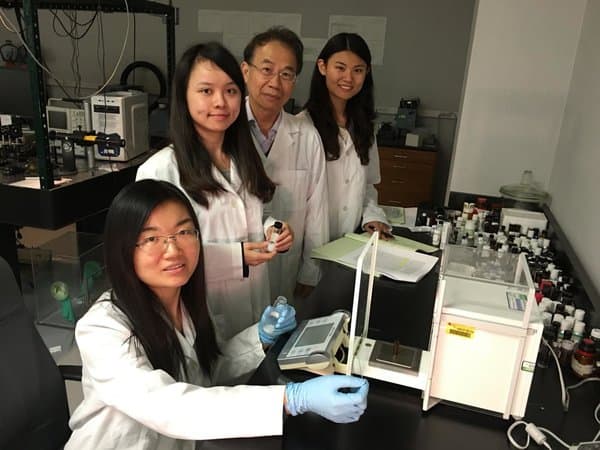New Research Will Enable LCD Screens To Work At Extreme Temperature Conditions
A group of researchers from the University of Central Florida has recently found a novel way to enhance the performance of the interior electronic gadget, namely the LCD screen based instruments of automobiles. Generally, LCD screens are used in all possible cheap display units ranging from television screens to smart phone screens.
Modern transport systems are equipped with a LCD which gives useful information about speed, distance and fuel consumption at a particular point. GPS mapping, rear camera and audio systems also depend on LCD screens that are interconnected with the vehicle.

Although LCDs are convenient, it fails to adjust accordingly in extreme weather conditions and produces sluggish response with a blurred image as output. Team leader Shin-Tson Wu of the University of Central Florida explained that liquid crystals exist in an intact manner only at a particular temperature range. In order to boost the LCD's performance in ultra-normal conditions, the team needed to escalate the temperature range via modification in the crystal structure.
As reported in the press release, the team manipulated different crystals and formulated a crystal mixture which can accurately work between a temperature scale, ranging from 212 degrees Fahrenheit to 40 degrees Fahrenheit. Moreover, the pixels are able to shift their brightness level about 20 times faster than what is prescribed by European automotive standards.
The research has prospective customizable applications in optical devices, biophotonics and automotive industries. The research is an output of Wu’s recent project related to smart brightness control film. The complete research report was published in the 'Optical Materials Express'.
Source: #-Link-Snipped-#
Modern transport systems are equipped with a LCD which gives useful information about speed, distance and fuel consumption at a particular point. GPS mapping, rear camera and audio systems also depend on LCD screens that are interconnected with the vehicle.

Dr. Shin-Tson Wu and doctoral students work on new liquid crystal mixtures
Although LCDs are convenient, it fails to adjust accordingly in extreme weather conditions and produces sluggish response with a blurred image as output. Team leader Shin-Tson Wu of the University of Central Florida explained that liquid crystals exist in an intact manner only at a particular temperature range. In order to boost the LCD's performance in ultra-normal conditions, the team needed to escalate the temperature range via modification in the crystal structure.
As reported in the press release, the team manipulated different crystals and formulated a crystal mixture which can accurately work between a temperature scale, ranging from 212 degrees Fahrenheit to 40 degrees Fahrenheit. Moreover, the pixels are able to shift their brightness level about 20 times faster than what is prescribed by European automotive standards.
The research has prospective customizable applications in optical devices, biophotonics and automotive industries. The research is an output of Wu’s recent project related to smart brightness control film. The complete research report was published in the 'Optical Materials Express'.
Source: #-Link-Snipped-#
0
